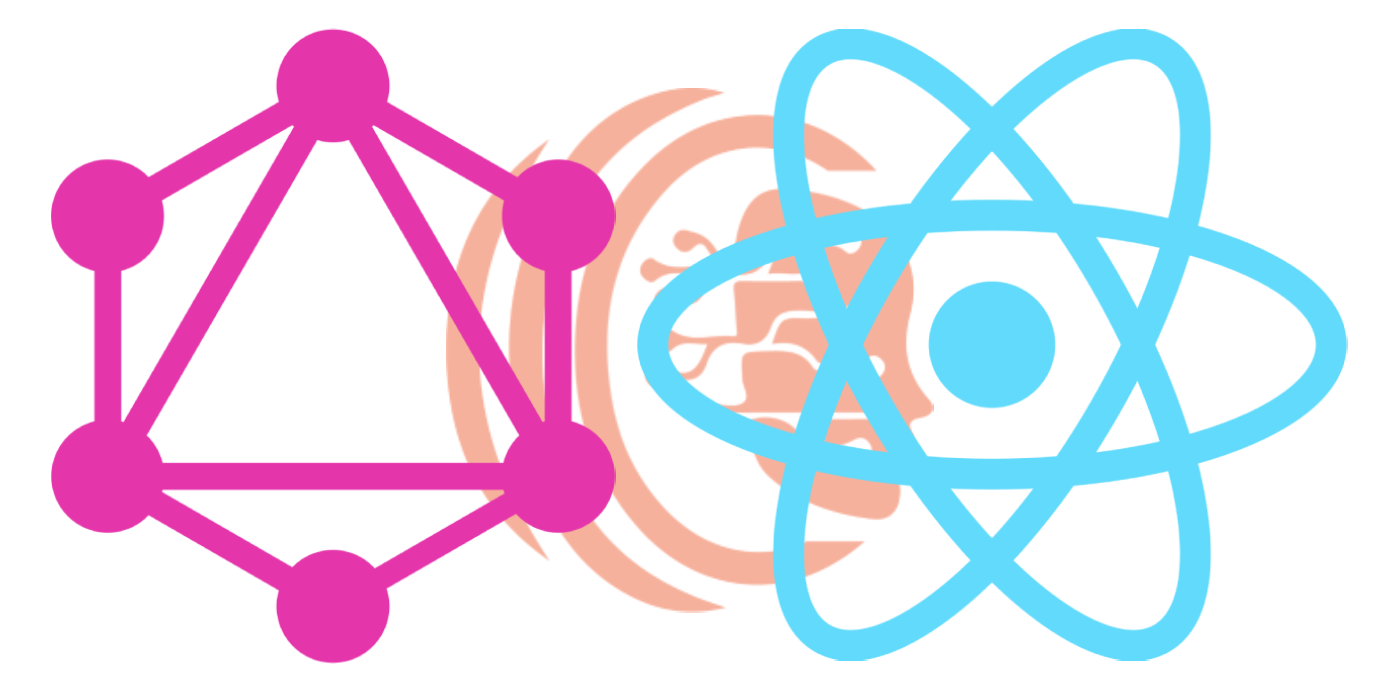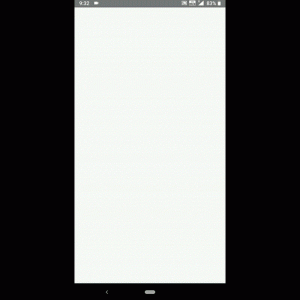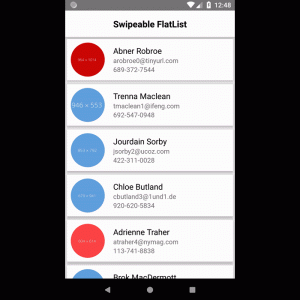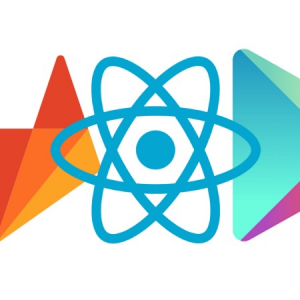GraphQL is a query language and runtime for APIs, and is often used as an alternative to REST APIs. In this article, I will show you how to set up a GraphQL Apollo client in a React Native application. At the end of the article we will have our ApolloClient ready to use.
To get started, you will need to install the necessary dependencies. You can use either the Apollo Client or the urql library to handle your GraphQL requests. To install the Apollo Client, run the following command:
npm install @apollo/client graphql OR
yarn add @apollo/client graphqlOnce done now its time to configure Apollo client according to our need. For now we are configure our client to support following.
- Setting header
- HttpLink with file upload
- Error handling
- Retry the request
We are using ApolloLink to customise the flow of data between Apollo Client and your GraphQL server.
Setting headers
To set the header in the request we need to intercept the request using ApolloLink as below:
HttpLink with file upload
With HttpLink we are configuring our server url and fetchPolicy with use of apollo-upload-client for Apollo Client that fetches a GraphQL multipart request if the GraphQL variables contain files (by default FileList, File, Blob, or ReactNative File instances), or else fetches a regular GraphQL POST or GET request (depending on the config and GraphQL operation).
Use following command to install
npm install apollo-upload-clientOR
yarn add apollo-upload-clientOnce done we can configure the client with following code:
For now we are setting fetchPolicy to catch-and-network which means Apollo Client executes the full query against both the cache and your GraphQL server. The query automatically updates if the result of the server-side query modifies cached fields.
Error handling
To handle common errors we can create error interceptor like below:
We have 2 types of errors. One is graphQLError which is server error i.e. 503 server is not able to handle the request or 428 data error etc. and another is network error which occurs due to network issue like wife or data is not enabled or internet connectivity issues. We can show some common errors from the client it self instead of handling errors in every component.
Retry the request
This is optional configuration for us to set the client retry the request in case of error or timeout. We will use RetryLink to configure the client as folowing:
Let’s understand the configuration of RetryLink.
delay.initial | Milliseconds to wait before attempting the first retry |
delay.max | Milliseconds that the link should wait for any retry |
attempts.max | Number of times to try a single operation before giving up |
attempts.retryIf | Predicate function that can determine whether a particular response should be retried. |
in retryIf you can add specific condition as I’ve set if the error message is Network request failed then it will return true or else false. When we return true the client will attempt retry according to options or else it gave up and don’t retry.
Configure ApolloClient with ApolloLinks.
Now its time to combine the links created above and create instance of ApolloClient as below:
by using ApolloLink.from we can combine all the links and create and export client.
Using ApolloClient
In App.js file we will import the client and wrap our root component with ApolloProvider.
In my case I am using Home as root component of the project but you can use Navigator root component instead.
Full Code
That’s it for configuration part. in the next article we will see how to use GraphQL with React-Native.
Hope you like the article. If have any query/doubts, Feel free to reach out to me via comment, Twitter & LinkedIn.






At this time it sounds like Drupal is the best blogging platform available right now.
(from what I’ve read) Is that what you are using on your blog?
My brother recommended I might like this blog.
He was entirely right. This post actually made my day.
You can not imagine simply how much time I had spent for
this info! Thanks!
First of all I would like to say fantastic blog! I had a quick question in which I’d like to ask
if you do not mind. I was curious to find out how you
center yourself and clear your head prior to writing.
I have had trouble clearing my mind in getting my ideas out.
I do enjoy writing but it just seems like the first 10 to
15 minutes tend to be wasted simply just trying to figure out how to begin. Any recommendations or hints?
Thanks!
Awesome information, With thanks.|
Can you tell us more about this? I’d love to find out more details.
Also visit my blog post vpn special code
Way cool! Some extremely valid points! I appreciate you penning
this post plus the rest of the website is also
really good.
I really like your blog.. very nice colors & theme. Did
you create this website yourself or did you hire someone to do it for
you? Plz answer back as I’m looking to create my own blog and would
like to know where u got this from. thanks a lot
I blog frequently and I really thank you
for your information. The article has really
peaked my interest. I will bookmark your site and keep checking
for new information about once a week. I subscribed to
your Feed as well.